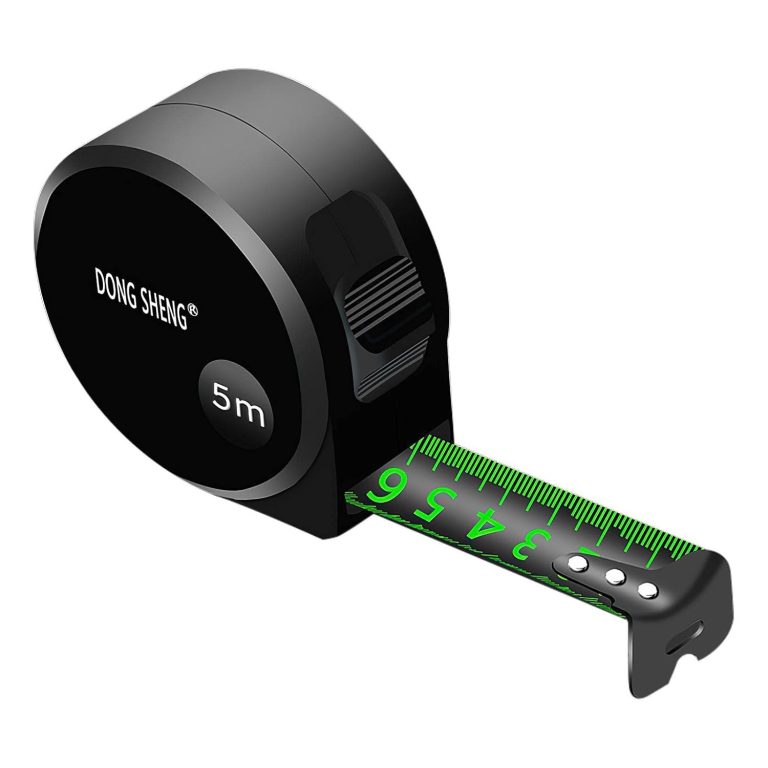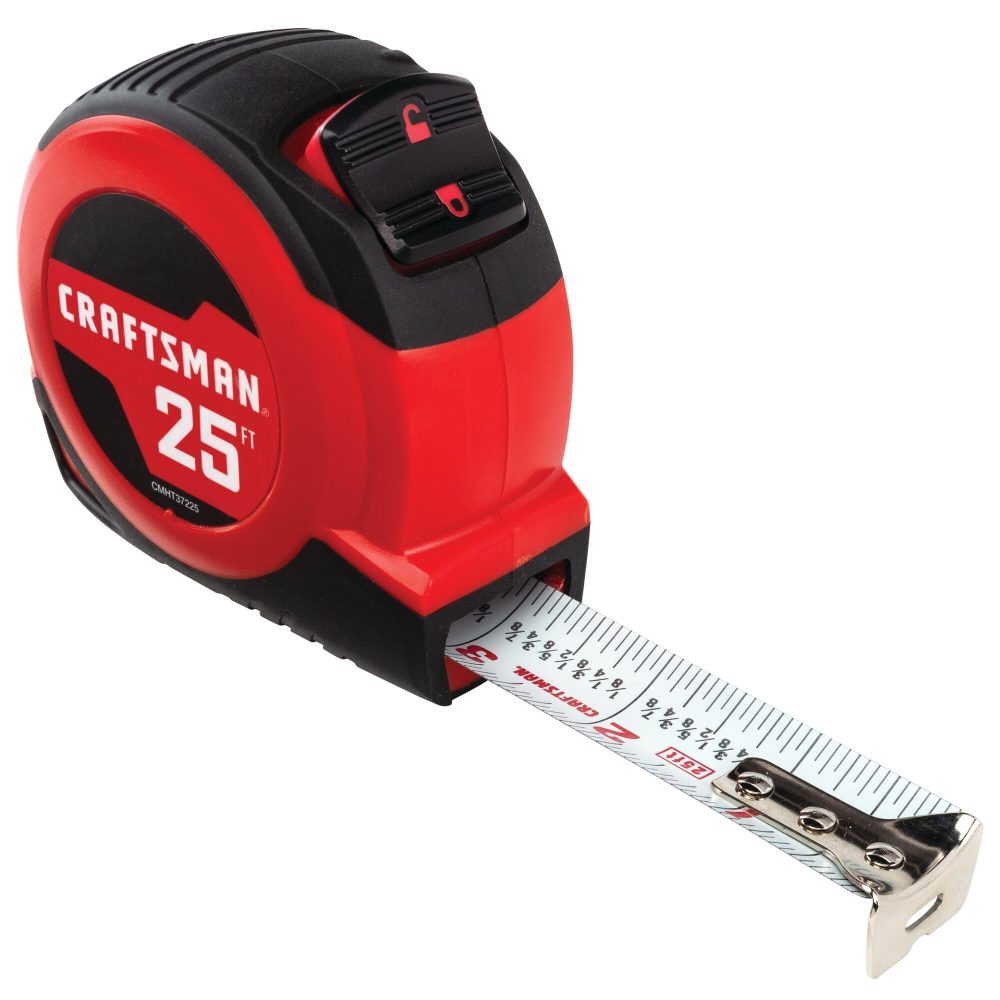
5/8 on Tape Measure: A Guide to Reading Measurements Correctly
Accurate measurements are crucial in various projects, from woodworking and construction to tailoring and DIY crafts. Among the numerous markings on a tape measure, the 5/8 on tape measure stands out as a frequently used fraction that plays a significant role in ensuring precision. This comprehensive guide explores the importance of the 5/8 inch mark on a tape measure, its practical applications, and tips for effectively utilizing it in your projects.
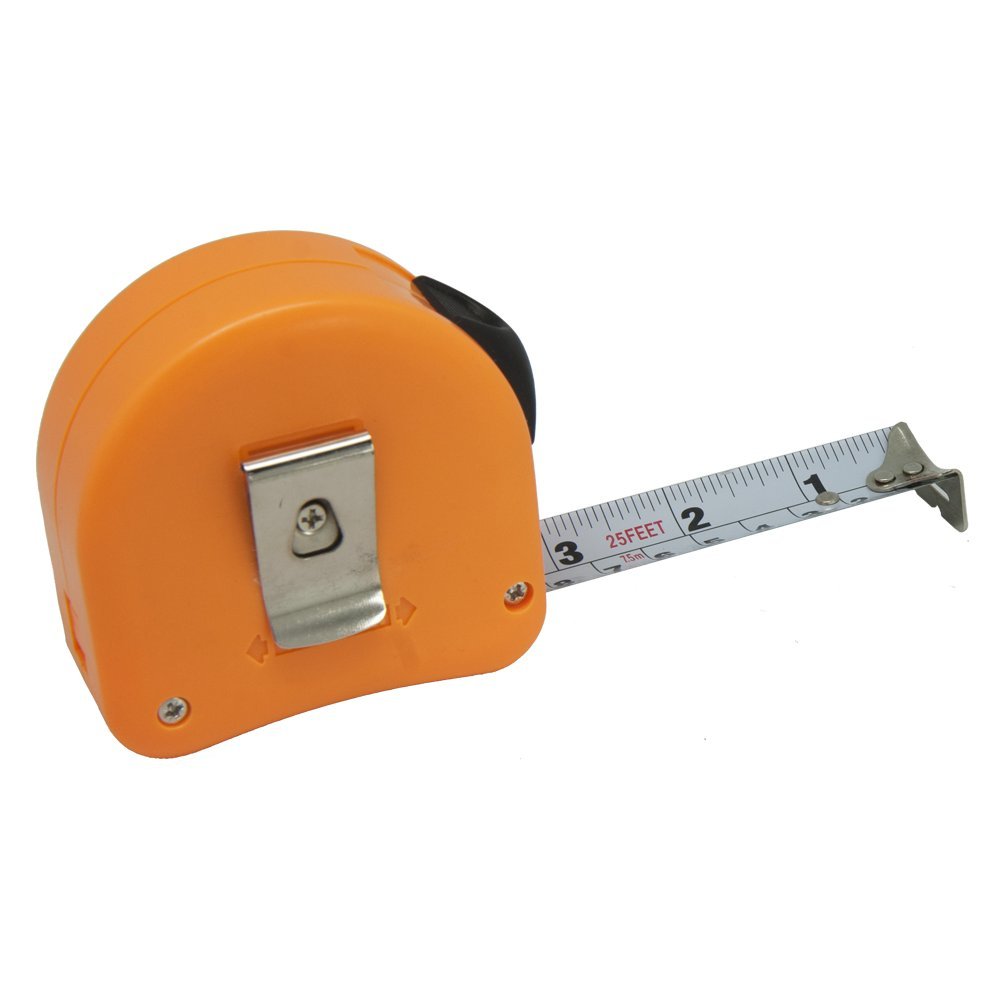 The Significance of 5/8 Inch on a Tape Measure
The Significance of 5/8 Inch on a Tape Measure
Understanding the 5/8 on tape measure is essential for anyone who relies on precise measurements. This specific fraction is often used in various fields to achieve the exactness required for high-quality work.
Why 5/8 Inch Matters
The 5/8 inch mark serves as a midpoint between common fractional measurements, making it a versatile reference point. Whether you’re cutting materials, assembling furniture, or making alterations to clothing, accurately reading and using the 5/8 inch can make a significant difference in the outcome of your project.
Common Uses of 5/8 Inch
The 5/8 inch is frequently used in construction for tasks such as framing walls, installing doors, and laying out spaces. In woodworking, it helps in making precise cuts and joints. Tailors and seamstresses use this measurement to add allowances for seams and hems. By mastering the 5/8 on tape measure, you enhance your ability to perform these tasks with confidence and accuracy.
Reading the 5/8 on Tape Measure Correctly
To effectively use the 5/8 inch mark, it’s essential to know how to read it accurately on your tape measure. Proper interpretation ensures that your measurements are precise, which is critical for the success of any project.
Identifying the 5/8 Inch Mark
The 5/8 inch mark is found between the 1/2 inch and 3/4 inch markings on a standard tape measure. Typically, it is represented by a slightly longer line than the ones for smaller fractions, making it easier to locate. Familiarizing yourself with its position helps in quickly referencing it during measurements.
Techniques for Accurate Reading
When measuring, ensure the tape measure is flat and taut against the object. Align the starting hook with the edge of the material to get an accurate reading. Look closely at the nearest marking to determine whether it represents the 5/8 inch. Practice reading the tape measure regularly to build your proficiency in identifying this crucial fraction.
Avoiding Common Mistakes
One common mistake is misaligning the tape measure, which can lead to incorrect measurements. Additionally, not accounting for the thickness of the tape measure hook can result in slight discrepancies. Always double-check your measurements to ensure accuracy, especially when precise dimensions are required.
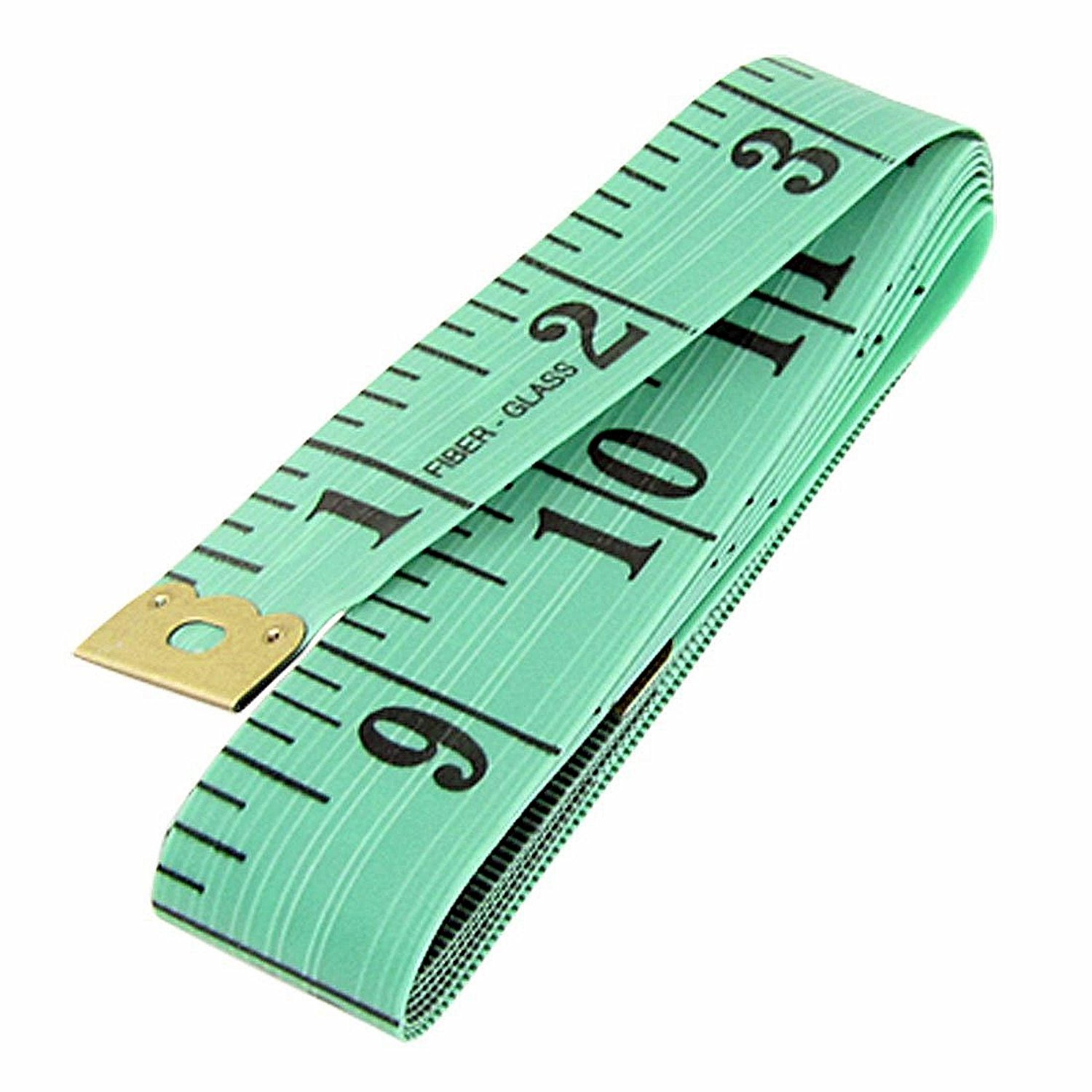 Practical Applications of 5/8 Inch Measurements
Practical Applications of 5/8 Inch Measurements
The 5/8 on tape measure is not just a number; it has practical applications across various fields. Understanding these applications can help you utilize this measurement effectively in your projects.
Construction and Framing
In construction, the 5/8 inch mark is often used for aligning studs and joists. It provides a balanced measurement that ensures structural integrity. For example, when spacing studs 16 inches apart, using the 5/8 inch as a reference can help maintain consistent gaps and alignments, contributing to the overall stability of the structure.
Woodworking and Carpentry
Woodworkers rely on precise measurements to create seamless joints and accurate cuts. The 5/8 inch can be used to add allowances for wood expansion or to create specific angles in custom furniture pieces. By incorporating this measurement into your workflow, you enhance the quality and precision of your woodworking projects.
Tailoring and Sewing
In sewing, the 5/8 inch is often used to add seam allowances, ensuring that the fabric pieces fit together correctly. This measurement helps in creating hems, attaching buttons, and other detailing tasks that require accuracy. By mastering the 5/8 on tape measure, tailors can achieve professional results with their garments.
DIY Projects and Home Improvement
For DIY enthusiasts, the 5/8 inch is invaluable in tasks such as installing shelving, hanging pictures, and assembling furniture. It provides a reliable measurement that ensures items are level, secure, and aesthetically pleasing. Utilizing the 5/8 inch mark in these projects helps avoid common pitfalls like uneven installations or misaligned components.
Tips for Maximizing the Use of 5/8 Inch on a Tape Measure
To make the most of the 5/8 on tape measure, follow these tips that enhance accuracy and efficiency in your measuring tasks.
Consistent Measurement Techniques
Maintain a consistent technique when measuring to reduce errors. Always start from the same reference point, whether it’s an edge, corner, or previously marked line. Keeping your measurements consistent helps in maintaining the overall accuracy of your project.
Use the Right Tools
Ensure that your tape measure is of high quality with clear 5/8 inch markings. A well-maintained tape measure with precise markings can significantly improve your ability to take accurate measurements. Additionally, using complementary tools like levels, squares, and measuring jigs can enhance the precision of your work.
Practice Regularly
Like any skill, reading and utilizing the 5/8 inch marks require practice. Regularly measure different objects and projects to become more familiar with this fraction. The more you use it, the more intuitive it becomes, allowing you to work more efficiently and accurately.
Double-Check Measurements
Always double-check your measurements, especially when working on critical components. Verifying measurements helps catch any potential errors early, ensuring that your project stays on track and meets the desired specifications.
Incorporate Measurements into Planning
Integrate the 5/8 inch measurement into your project planning. Whether you’re sketching a design or creating a cutting list, including this measurement ensures that all parts fit together correctly. Proper planning can prevent costly mistakes and streamline your workflow.
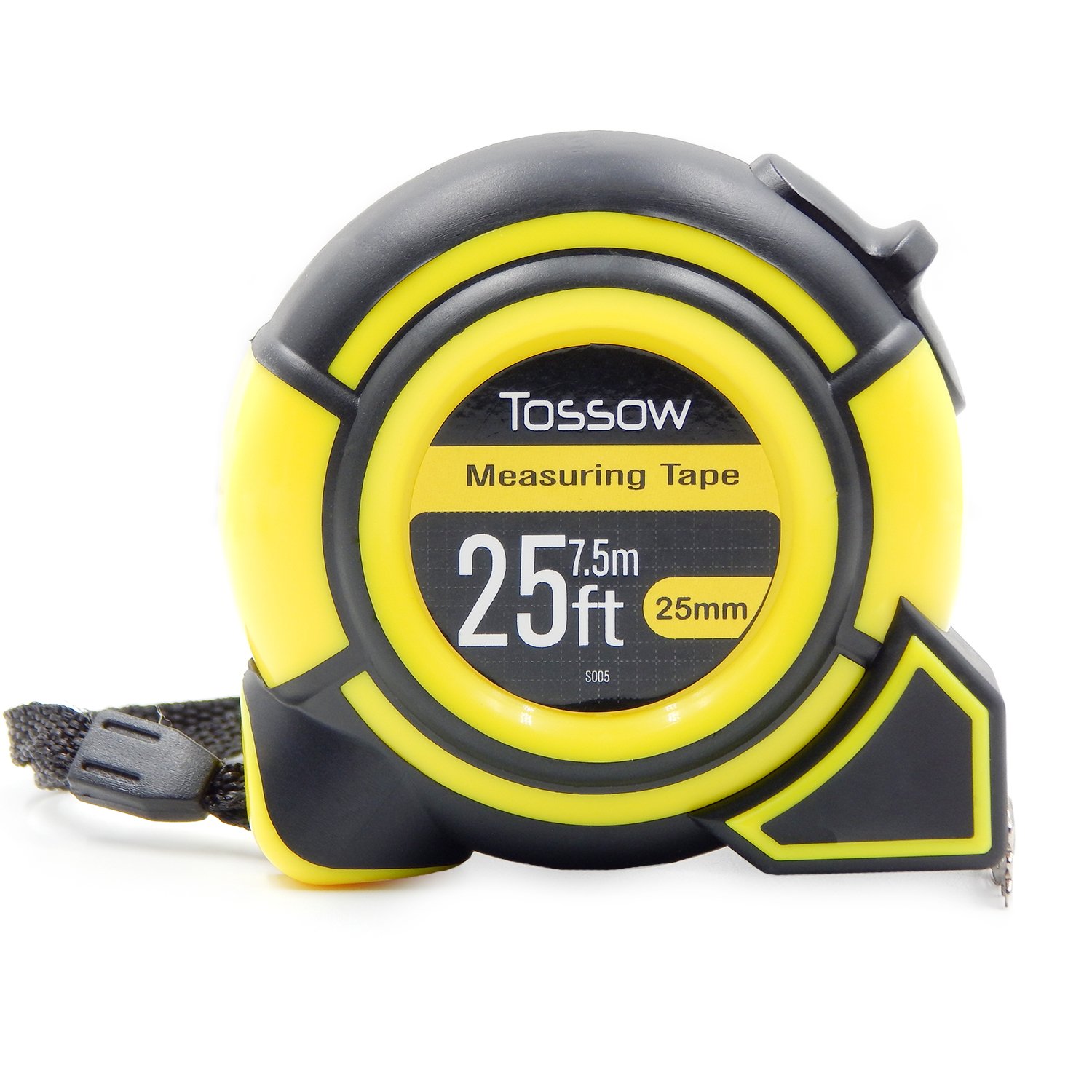 Enhancing Accuracy with the 5/8 Inch Mark
Enhancing Accuracy with the 5/8 Inch Mark
Achieving high accuracy with measurements often relies on attention to detail and the effective use of specific markings like the 5/8 inch. Here’s how to enhance your measurement accuracy using this crucial fraction.
Utilize Visual Aids
Visual aids such as charts or reference guides can help you quickly identify the 5/8 inch mark on your tape measure. Keeping these aids nearby can speed up your workflow and reduce the chances of misreading measurements.
Implement Measurement Standards
Adopting standardized measurement practices in your projects can improve consistency and accuracy. For instance, always using the 5/8 inch for specific allowances or adjustments ensures that your work adheres to a reliable standard, making it easier to achieve uniform results.
Leverage Technology
Incorporate technology like digital tape measures or laser measuring tools that highlight specific measurements, including the 5/8 inch mark. These tools can enhance precision by providing clear, digital readouts that minimize human error in reading tape measures.
Create Templates and Jigs
Developing templates or jigs that incorporate the 5/8 inch measurement can streamline repetitive tasks. These tools ensure that each measurement adheres to the desired standard, enhancing overall project accuracy and reducing the likelihood of mistakes.
Troubleshooting Common Issues with 5/8 Inch Measurements
Even with careful techniques, challenges can arise when working with the 5/8 on tape measure. Here are some common issues and how to address them.
Misalignment of the Hook
If the tape measure hook is not properly aligned, it can lead to incorrect measurements. Ensure that the hook is flush with the starting edge of the material being measured. Double-check alignment before taking the measurement to avoid errors.
Tape Measure Wear and Tear
Regular use can cause wear on your tape measure, making the 5/8 inch mark harder to read. Inspect your tape measure regularly and replace it if the markings become faded or the tape becomes damaged. A clear and well-maintained tape measure is essential for accurate readings.
Slipping Tape
A tape measure that slips can result in inaccurate measurements. To prevent slipping, use a secure hold on the tape and engage the locking mechanism when necessary. Additionally, using a tape measure with a non-slip hook can enhance stability during measurements.
Difficulty Reading Fractions
Some users may find it challenging to read fractional measurements accurately. Practice reading different fractions, including the 5/8 inch mark, to build your confidence. Utilizing visual aids and reference guides can also help improve your ability to interpret fractions correctly.
 Advanced Applications of the 5/8 Inch Measurement
Advanced Applications of the 5/8 Inch Measurement
For those who seek to elevate their measuring skills, understanding the advanced applications of the 5/8 on tape measure can open new avenues for precision and creativity in projects.
Custom Joinery
In advanced woodworking, the 5/8 inch mark can be used to create complex joints and connections. By leveraging this measurement, carpenters can achieve intricate designs that require precise alignment and spacing, resulting in higher-quality craftsmanship.
Architectural Design
Architects use precise measurements to design buildings and structures. Incorporating the 5/8 inch mark into their plans ensures that all detailed components fit together correctly, maintaining the integrity and functionality of the architectural design.
Precision Engineering
In fields like precision engineering, the 5/8 inch measurement can be critical for creating components that require exact specifications. Engineers rely on accurate measurements to ensure that parts fit together seamlessly, enhancing the performance and reliability of the final product.
Artistic Projects
Artists and designers use the 5/8 inch mark in various creative projects, such as crafting sculptures, creating mosaics, or designing intricate patterns. Accurate measurements allow for consistency and symmetry, which are often essential elements in art and design.
Integrating the 5/8 Inch Mark into Your Workflow
To fully benefit from the 5/8 on tape measure, it’s important to integrate this measurement seamlessly into your daily workflow. Here’s how to do it effectively.
Develop a Measuring Routine
Establish a consistent measuring routine that incorporates the 5/8 inch mark. For example, always start by measuring base dimensions with whole inches and then use the 5/8 inch mark for precise adjustments. This routine helps in maintaining accuracy and reducing the likelihood of errors.
Organize Your Tools
Keep your tape measure and other measuring tools organized and easily accessible. A well-organized workspace allows you to quickly reference the 5/8 inch mark without wasting time searching for the right tool, thereby enhancing your productivity.
Educate Your Team
If you work with a team, ensure that everyone understands the importance of the 5/8 inch mark and how to use it correctly. Providing training and resources can help maintain consistency and accuracy across all team members, leading to better overall project outcomes.
Document Measurements
Keep a record of key measurements, including those involving the 5/8 inch mark, in your project documentation. Detailed records can help in replicating measurements for future projects and serve as a reference for troubleshooting any issues that arise.
The Future of Tape Measures and Precision Measurements
As technology continues to evolve, so do the tools we use for precision measurements. Understanding the role of traditional measurements like the 5/8 inch on tape measures in the modern landscape can help you stay ahead in your projects.
Digital Enhancements
Modern tape measures are increasingly incorporating digital features that highlight specific measurements, including the 5/8 inch mark. These enhancements provide clear, easily readable measurements, reducing the chances of human error and improving overall accuracy.
Smart Measurement Tools
Smart tape measures that connect to smartphones or other digital devices are becoming more popular. These tools can store measurements electronically, allowing for easy access and manipulation. Integrating the 5/8 inch mark into these digital systems ensures that traditional precision meets modern convenience.
Advanced Materials
Innovations in materials science are leading to the development of more durable and flexible tape measures. New materials can withstand harsh conditions and frequent use, ensuring that the 5/8 inch mark remains clear and reliable for years to come.
Sustainable Practices
Manufacturers are also focusing on sustainability, creating tape measures with eco-friendly materials and production processes. Choosing a tape measure that incorporates the 5/8 inch mark while adhering to sustainable practices supports both your projects and the environment.
 Conclusion
Conclusion
The 5/8 on tape measure is a vital tool for achieving precise measurements in a variety of projects. By understanding its significance, learning how to read it accurately, and integrating it into your workflow, you enhance the quality and reliability of your work. Whether you’re a professional contractor, a skilled woodworker, a dedicated tailor, or a passionate DIY enthusiast, mastering the 5/8 inch mark on your tape measure empowers you to execute your projects with confidence and precision. Embrace the versatility and accuracy that the 5/8 inch brings to your measuring tasks, and watch as your projects reach new levels of excellence.
